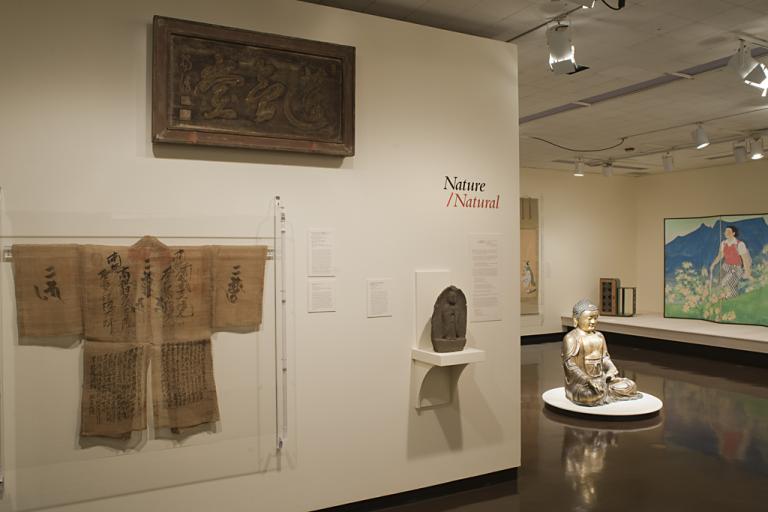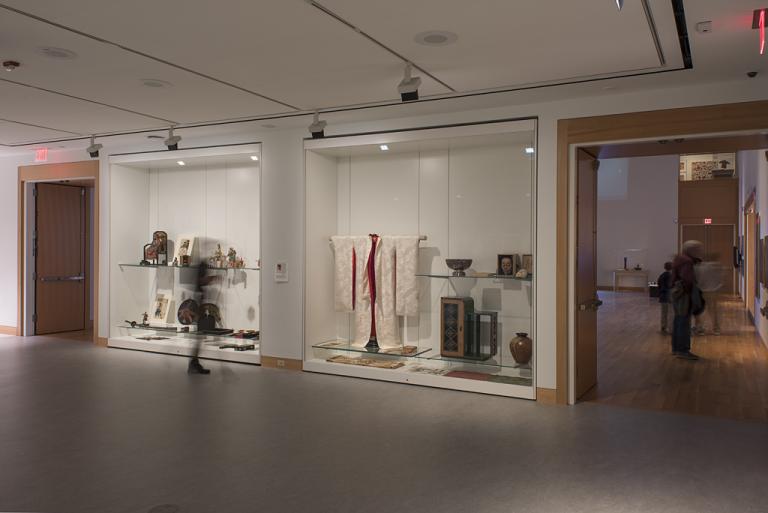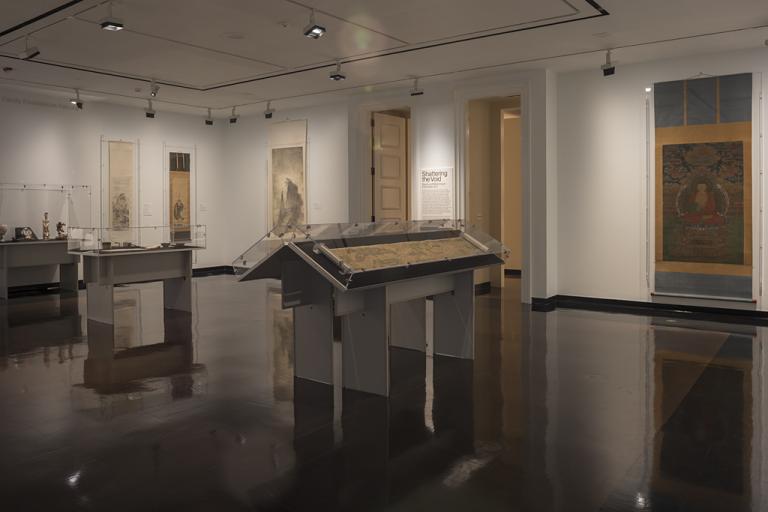茶碗 chawan (tea bowl), unknown maker from Japan
Artwork Overview
茶碗 chawan (tea bowl)
, 1700s, Edo period (1600–1868)
Where object was made: Japan
Material/technique: gold lacquer repair; Karatsu ware
Dimensions:
Object Height/Diameter (Height x Diameter): 10.16 x 10.16 cm
Object Height/Diameter (Height x Diameter): 4 x 4 in
Object Height/Diameter (Height x Diameter): 10.16 x 10.16 cm
Object Height/Diameter (Height x Diameter): 4 x 4 in
Credit line: Gift from the Jedel Family Foundation
Accession number: 2006.0265
On display: Stewart Gallery
If you wish to reproduce this image, please submit an image request












